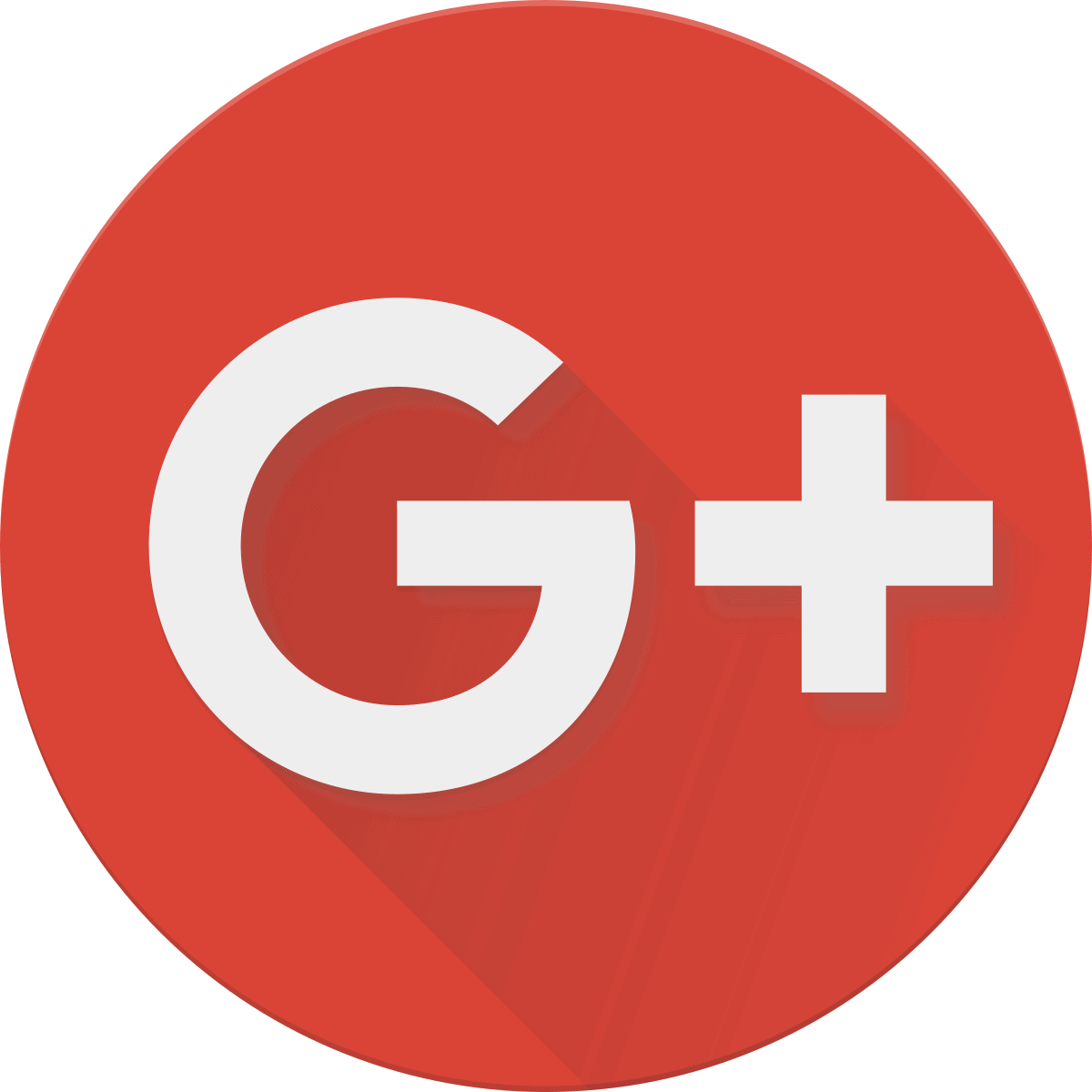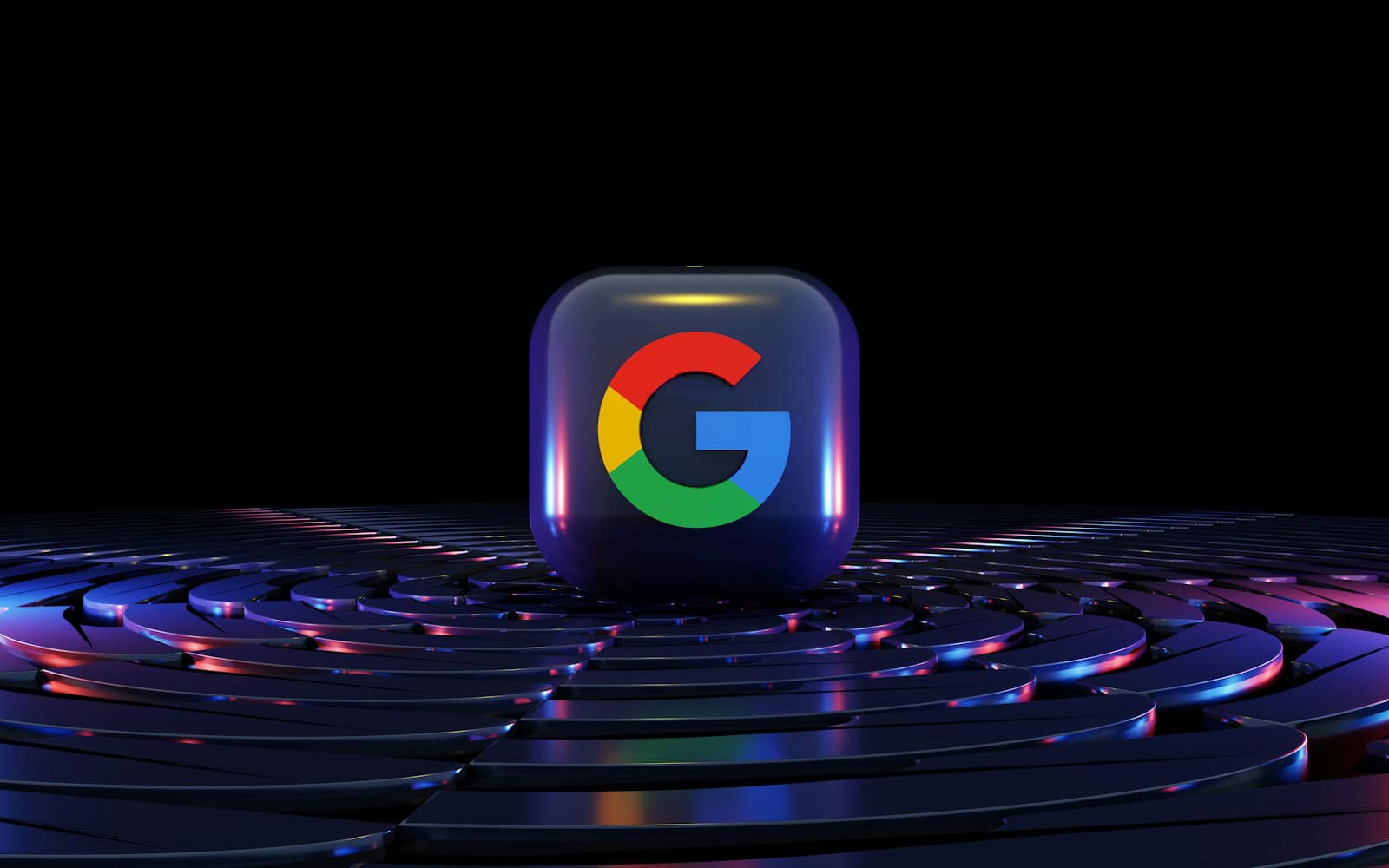When Google+ launched in June 2011, it was billed as a serious contender to Facebook—a platform designed to reshape how we interact online. Backed by the world’s most powerful tech company, Google+ arrived with a sleek interface, tight integration with other Google services, and an ambitious goal: to become the social network of choice. But less than a decade later, on April 2, 2019, the platform was shuttered for consumers, marking the end of one of Google’s most high-profile flops.
The Rise: A Bold Start with Unique Ideas

Google+ wasn’t just another Facebook clone. It introduced some genuinely innovative features for its time:
- Circles: Letting users organize contacts into groups, so posts could be targeted to specific audiences.
- Hangouts: Real-time video chat that allowed multi-person calls long before Zoom was mainstream.
- Communities: Topic-based groups that encouraged interest-based discussions.
Google’s integration of the platform into its wider ecosystem also gave it initial momentum. Google+ profiles became the default across Gmail, YouTube, and Blogger. If you commented on a YouTube video, you were doing it with your Google+ account whether you wanted to or not. This forced integration created resentment among users and developers alike, sparking criticism that Google was trying to manufacture social engagement instead of earning it organically.
The Fall: A Series of Missteps
Despite reaching over 500 million registered users by 2013, internal data revealed that most accounts were inactive. According to a 2018 report, 90% of user sessions lasted less than five seconds. The problem wasn’t just a lack of users—it was a lack of use.
That same year, Google disclosed a data breach that exposed private information from up to 500,000 accounts. Although the issue was discovered in March 2018, Google didn’t go public until months later, prompting backlash over transparency. The incident prompted the company to accelerate its shutdown plans, citing both low usage and heightened concerns about user privacy.
Google’s Shift in Social Strategy
After pulling the plug on Google+ for consumers, the company attempted to rebrand and salvage parts of the platform through Google Currents—a business-focused tool meant to keep the collaborative parts of Google+ alive within Workspace (formerly G Suite). However, even Currents didn’t stick. It was officially shut down in July 2023, with its remaining collaboration features absorbed into Google Chat and Spaces.
Today, Google’s approach to social is fragmented. YouTube has evolved into a massive social platform in its own right, supporting comments, community posts, and live interaction. Google Chat and Spaces now serve enterprise collaboration needs, taking over the functions that Currents tried to maintain. But the dream of a universal Google-branded social network is firmly in the past.

The Legacy of Google+
While Google+ is often cited as a failure, its legacy lives on in subtle ways. The concept of Circles influenced later developments in privacy controls on Facebook and other platforms. Hangouts helped pave the way for Google’s real-time communication tools. Even the idea of interest-based Communities still lives on through Reddit, Discord, and Facebook Groups.
In hindsight, Google+ was a product ahead of its time in some ways, but out of sync with how people actually wanted to use social media. It tried to solve a problem few users felt they had and leaned too heavily on Google’s ecosystem instead of building a community from the ground up.
In a world now dominated by TikTok, Instagram, X (formerly Twitter), and Threads, the idea of Google+ making a comeback seems far-fetched. But for a moment, it was a bold attempt to rewrite the rules of social networking—and a cautionary tale about what happens when even a tech giant misreads the room.
Key Takeaways
- Google+ was a social network operated by Google that was permanently shut down in April 2019 after failing to achieve mainstream adoption.
- Privacy concerns and a significant data breach in 2018 accelerated Google’s decision to close the platform entirely.
- Former Google+ features have been incorporated into other Google products, with the company shifting away from dedicated social networking.
The Evolution of Google Plus
Google Plus represented Google’s ambitious entry into social networking that launched in 2011 and eventually ceased operations in 2019. The platform underwent several transformations during its lifetime as it attempted to compete in the rapidly changing social media landscape.
Google’s Vision for Social Networking
When Google launched Google+ on June 28, 2011, the company had big plans. Google wanted to create a social network that would integrate with its existing services while offering unique features. The platform introduced “Circles,” allowing users to organize connections into different groups for more controlled sharing.
Unlike other social networks, Google+ was designed with privacy in mind. Users could share content with specific circles rather than broadcasting everything to everyone.
Google hoped Google+ would become the social layer connecting all Google products. The company integrated Google+ with services like YouTube, Gmail, and Google Search, sometimes controversially requiring Google+ accounts to use these services.
Shifts in the Social Media Landscape
Google+ initially saw rapid growth, reaching 10 million users within two weeks of its launch. However, despite these promising early numbers, user engagement remained a persistent challenge.
The platform underwent several redesigns as Google tried to find the right formula. In 2015, Google separated Google+ into two main components: Streams and Photos, acknowledging that photo sharing had become one of the platform’s most popular features.
By 2018, Google announced major changes after discovering a security vulnerability. The company accelerated its shutdown timeline, moving it from August 2019 to April 2019. This decision marked the end of Google’s major attempt at social networking for consumers.
Comparative Analysis with Facebook
Google+ never achieved the user engagement levels of Facebook, its primary competitor. While Facebook had already established itself with 750 million users when Google+ launched, Google’s platform struggled to provide compelling reasons for users to switch or actively maintain both accounts.
Facebook’s network effect proved too powerful to overcome. Users stayed on Facebook because their friends were there, creating a cycle Google+ couldn’t break.
Unlike Facebook’s broad approach, Google+ eventually found more success in specific communities, particularly among technology professionals and photographers. The platform’s Communities feature became one of its strongest elements, offering specialized discussion spaces.
Enterprise versions of Google+ continued even after the consumer version shut down, showing that Google found more value in business applications than consumer social networking.
Technical Insights and Security Considerations
Google Plus faced significant technical challenges throughout its existence, particularly related to security vulnerabilities that ultimately contributed to its downfall. These issues spanned across platforms and raised important questions about data protection.
Android and iOS Integration
Google Plus was deeply integrated into the Android ecosystem, which helped boost its initial user numbers. The app came pre-installed on many Android devices, making it immediately accessible to millions of users.
On iOS, the experience was less seamless. The Google Plus iOS app received frequent updates but never achieved the same level of system integration as its Android counterpart.
Cross-platform functionality allowed users to automatically upload photos from both mobile operating systems. This feature was one of Google Plus’s more popular offerings.
The API structure enabled third-party app connections across both platforms, though developers often complained about changing specifications and requirements.
Addressing Security Vulnerability
In October 2018, Google disclosed a significant security vulnerability that had exposed user data for approximately three years. The bug existed in one of the Google Plus APIs, allowing third-party developers to access profile data that users had not explicitly shared.
The company found no evidence that any developer was aware of or had misused this vulnerability. However, they could not confirm this with complete certainty due to limited data retention policies.
What made this situation worse was Google’s delayed disclosure. Internal documents revealed that Google discovered the issue in March 2018 but waited months to make it public.
This delay raised serious concerns about transparency and prompted investigations from regulatory authorities in several countries.
Protecting Private Data
Google Plus collected various types of user data, including:
- Basic profile information
- Posts and comments
- Connection data
- Location information
- Search queries within the platform
The platform offered privacy settings that allowed users to control who could see their posts and profile information. Users could create “Circles” to share content with specific groups.
Despite these controls, the platform struggled with clearly communicating how data was used for advertising purposes. Many users remained unaware of what information they were actually sharing.
Following the GDPR implementation in 2018, Google updated its data handling practices but faced criticism for the complexity of its privacy policies.
Managing User Sessions
Google Plus integrated with the broader Google account ecosystem, creating a single sign-on experience across Google services. This convenient feature also presented security challenges if accounts were compromised.
Session management tools allowed users to view and terminate active login sessions from different devices. Two-factor authentication was available but not widely adopted by users.
The platform implemented automatic session timeouts and suspicious activity detection. These measures helped identify potential unauthorized access attempts.
Server-side session validation provided additional security, though these systems failed to prevent the API vulnerability that ultimately led to the platform’s demise.
Transition to the Consumer Version
After announcing the shutdown, Google created a comprehensive data export tool called Google Takeout. This allowed users to download their Google Plus data before the platform disappeared completely.
Business users received a migration path to a new product called Google Currents, which preserved some Google Plus functionality for enterprise customers until 2023.
The transition process included several reminder emails and notifications within the platform. Google provided a detailed timeline allowing users several months to prepare for the shutdown.
Many users reported difficulties understanding what would happen to their integrated services and connections after Google Plus disappeared.
Frequently Asked Questions
Google Plus shut down in April 2019 after eight years of operation. Many former users still have questions about what happened to their accounts and what alternatives are available today.
What are the main features of the new Google Currents platform?
Google Currents replaced Google Plus for G Suite users (now Google Workspace). It focuses on internal business communications rather than public social networking.
Currents offers streamlined content sharing within organizations, allowing employees to engage with leadership, share ideas, and participate in discussions.
The platform includes features like tagging, following specific topics, and analytics for administrators to track engagement.
How can users access their former Google Plus accounts?
Users cannot access their former Google Plus accounts as the service was completely shut down in April 2019. Google allowed users to download their data before the shutdown.
Personal data from Google Plus was deleted from Google’s servers. Some photos and videos may still exist in Google Photos if users had them backed up there.
Enterprise users who transitioned to Google Currents may still access some of their previous content through that platform.
What are the alternatives to Google Plus for social networking?
Facebook remains the largest social network with similar features to what Google Plus offered, including communities and interest groups.
Twitter provides a platform for sharing short updates and following topics through hashtags, similar to some Google Plus functions.
LinkedIn offers professional networking capabilities, while Reddit provides community-based discussions around specific interests.
Other alternatives include Discord, MeWe, and Mastodon, each with their own unique approaches to social networking and community building.
What were the reasons behind the shutdown of Google Plus?
Google Plus shut down primarily due to low user engagement and a significant data privacy breach discovered in 2018. The breach potentially exposed user data to developers.
The platform failed to compete effectively with established social networks like Facebook and Twitter, despite Google’s extensive resources.
Google officially cited “challenges involved in maintaining a successful product” and low usage as key reasons for the closure.
How does Google Currents differ from the previous Google Plus app?
Google Currents is exclusively for Google Workspace customers, unlike Google Plus which was available to everyone with a Google account.
Currents focuses on workplace communication and collaboration rather than personal social networking. It eliminates consumer-oriented features that existed in Google Plus.
The interface is more streamlined, prioritizing relevant content from leadership and commonly discussed topics within an organization.
What steps has Google taken to migrate Google Plus users to their new service?
Google did not directly migrate consumer users to a new service. Instead, they announced the shutdown months in advance and provided tools for users to download their data.
For business users, Google automatically transitioned Google Plus for G Suite to Google Currents, preserving some content and communities.
Google has focused on enhancing other products like Google Meet, Chat, and Workspace rather than creating a direct consumer replacement for Google Plus.







